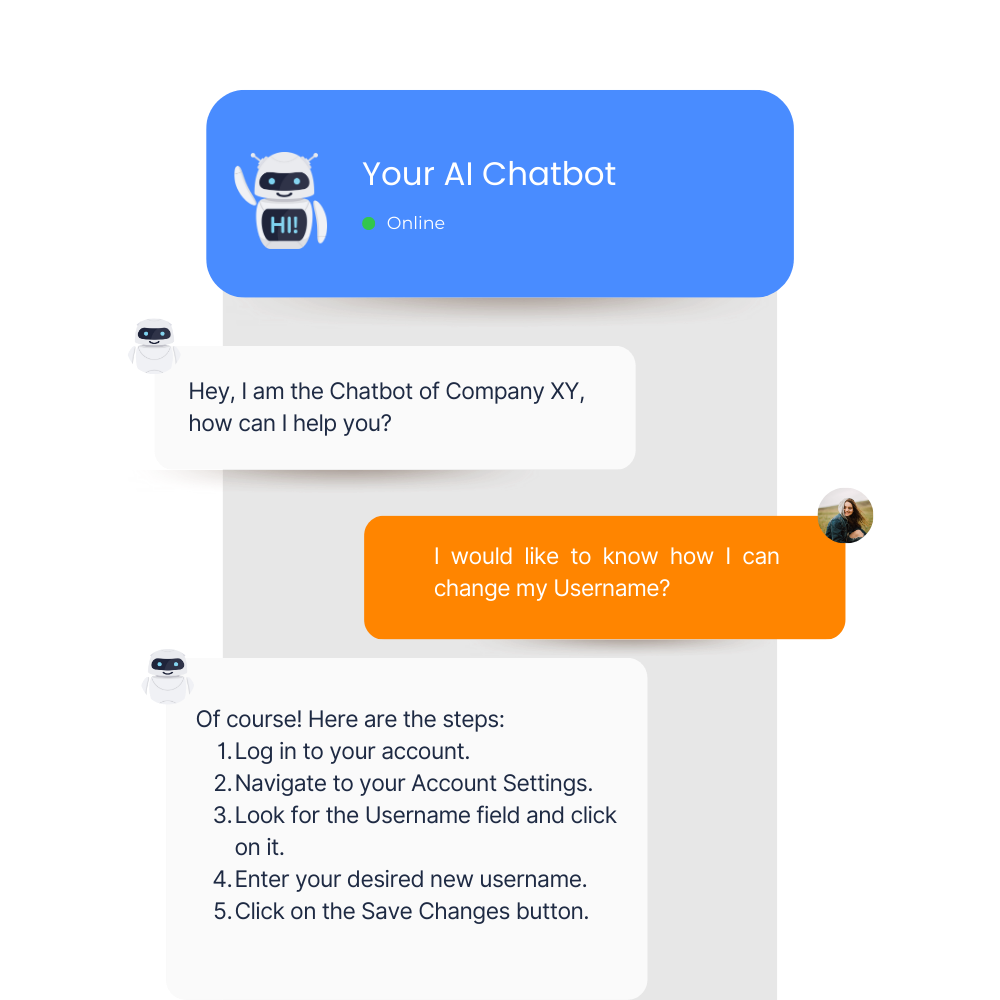Define Goals and Objectives
This will help you align your team’s efforts with the company’s overall strategy and ensure that everyone is working towards the same end goal. Here are some key points to consider when defining your goals and objectives:
1. Identify your target audience: Who are your customers, and what are their needs? Understanding your target audience will help you tailor your support team’s efforts to meet their specific needs.
2. Set performance metrics: Define the key performance indicators (KPIs) that you will use to measure your team’s success. These might include metrics like response time, customer satisfaction ratings, and first-call resolution rates.
3. Establish service level agreements (SLAs): SLAs are agreements between your support team and other departments or stakeholders in the company. They define the level of service that your team will provide and the expectations for response times and resolution rates.
4. Develop a training plan: Ensure that your team has the necessary skills and knowledge to provide excellent customer service. Develop a comprehensive training plan that includes onboarding, ongoing training, and professional development opportunities.
5. Define your team’s role: Determine the scope of your support team’s responsibilities. Will they handle all customer inquiries, or will they specialize in specific areas like technical support or billing?
By defining clear goals and objectives for your support team, you will create a roadmap for success and ensure that your team is aligned with the company’s overall strategy. Remember to regularly review and adjust your goals and objectives as needed to stay on track and meet your customers’ evolving needs.
Make your whole documentation easily accesable through an easy-to-use chatbot that uses your whole knowledgebase to answer any question your customers might have.

Recruit and Hire Talent
Here are some key points to consider when building your team:
1. Create a job description: Develop a clear and comprehensive job description that outlines the role, responsibilities, and qualifications required for the position. Be sure to include any specific skills or experience that are essential for success in the role.
2. Use multiple channels to source candidates: Don’t limit yourself to just one recruitment channel. Use a mix of job boards, social media, employee referrals, and other sources to attract a diverse pool of candidates.
3. Screen candidates carefully: Use a combination of phone and in-person interviews, skills assessments, and reference checks to evaluate candidates’ qualifications and fit for the role.
4. Look for key traits: When evaluating candidates, look for key traits like empathy, problem-solving skills, and a customer-centric mindset. These traits are essential for success in a customer support role.
5. Provide a positive candidate experience: Remember that the recruitment process is a two-way street. Provide a positive candidate experience by communicating clearly and promptly, providing feedback, and treating candidates with respect.
By recruiting and hiring the right talent for your support team, you will set yourself up for success and ensure that your team is equipped to provide excellent customer service. Remember to prioritize diversity and inclusion in your hiring process to build a team that reflects your customer base and brings a variety of perspectives and experiences to the table.
Make your whole documentation easily accesable through an easy-to-use chatbot that uses your whole knowledgebase to answer any question your customers might have.

Establish Processes and Protocols
Develop a knowledge base: Create a centralized knowledge base that contains all the information your support team needs to answer customer questions. This could include FAQs, product documentation, and troubleshooting guides.
2. Define escalation procedures: Establish clear procedures for escalating complex or high-priority issues to other departments or stakeholders in the company. This will help ensure that urgent issues are resolved quickly and efficiently.
3. Implement a ticketing system: Use a ticketing system to track customer inquiries and ensure that nothing falls through the cracks. This will also help you measure your team’s performance and identify areas for improvement.
4. Use automation where possible: Automate routine tasks like ticket routing and customer follow-up to free up your team’s time for more complex issues.
5. Develop a communication plan: Establish clear communication protocols for your team, including how to communicate with customers, how to collaborate with other departments, and how to escalate issues when necessary.
By developing efficient processes and protocols for your support team, you will ensure that your team is equipped to handle customer inquiries quickly and effectively. Remember to regularly review and refine your processes to ensure that they remain effective and efficient as your team and customer base grow.
Make your whole documentation easily accesable through an easy-to-use chatbot that uses your whole knowledgebase to answer any question your customers might have.

Invest in Training and Development
Develop a comprehensive onboarding program: Provide new hires with a thorough onboarding program that includes training on your products, services, and support processes. This will help them get up to speed quickly and start providing value to your customers.
2. Offer ongoing training opportunities: Provide your team with ongoing training opportunities to help them stay up-to-date on the latest products, services, and support processes. This could include online courses, in-person training sessions, or conferences and events.
3. Provide opportunities for career growth: Support your team’s career growth by providing opportunities for advancement within the support team or other departments in the company. This will help you retain top talent and ensure that your team is equipped to handle new challenges as they arise.
4. Encourage knowledge sharing: Foster a culture of knowledge sharing within your team by encouraging team members to share their expertise and best practices with one another. This will help your team learn from each other and improve as a group.
5. Provide regular feedback: Provide your team with regular feedback on their performance and areas for improvement. This will help them stay motivated and engaged, and ensure that they are providing the best possible service to your customers.
By investing in training and development for your support team, you will ensure that they have the skills and knowledge they need to provide excellent customer service. Remember that training and development should be an ongoing process, not a one-time event.
Make your whole documentation easily accesable through an easy-to-use chatbot that uses your whole knowledgebase to answer any question your customers might have.

Implement Technology and Tools
Choose the right tools: Select tools that are specifically designed for customer support, such as ticketing systems, chatbots, and knowledge management platforms. These tools will help your team work more efficiently and provide better service to your customers.
2. Integrate your tools: Integrate your support tools with other systems in your organization, such as your CRM or marketing automation platform. This will help you provide a more seamless customer experience and ensure that customer data is shared across departments.
3. Use AI and automation: Leverage AI and automation technologies to help your team work more efficiently and provide better service to your customers. For example, you could use chatbots to handle routine inquiries or automate ticket routing and follow-up.
4. Provide self-service options: Provide customers with self-service options like FAQs, knowledge bases, and community forums. This will help them find the information they need quickly and reduce the burden on your support team.
5. Monitor and analyze performance: Use analytics tools to monitor your team’s performance and identify areas for improvement. This could include metrics like response time, ticket volume, and customer satisfaction ratings.
By implementing the right technology and tools, you will enable your support team to work more efficiently and provide better service to your customers. Remember to regularly review and update your technology stack to ensure that it continues to meet your team’s needs and the evolving needs of your customers.
Make your whole documentation easily accesable through an easy-to-use chatbot that uses your whole knowledgebase to answer any question your customers might have.

Measure Success and Iterate
These might include metrics like response time, customer satisfaction ratings, and first-call resolution rates.
2. Monitor performance: Use analytics tools to monitor your team’s performance against your KPIs. This will help you identify areas for improvement and make data-driven decisions about how to optimize your support operations.
3. Solicit feedback: Regularly solicit feedback from your customers and your support team. This will help you identify areas for improvement and ensure that you are meeting the evolving needs of your customers.
4. Iterate and improve: Use the insights you gain from monitoring performance and soliciting feedback to make improvements to your support operations. This might include changes to your processes, technology stack, or team structure.
5. Celebrate successes: Celebrate your team’s successes and milestones along the way. This will help keep your team motivated and engaged, and reinforce the importance of providing excellent customer service.
By measuring success and iterating as needed, you will ensure that your support team is always improving and providing the best possible service to your customers. Remember that monitoring and improvement should be an ongoing process, not a one-time event.
Make your whole documentation easily accesable through an easy-to-use chatbot that uses your whole knowledgebase to answer any question your customers might have.


